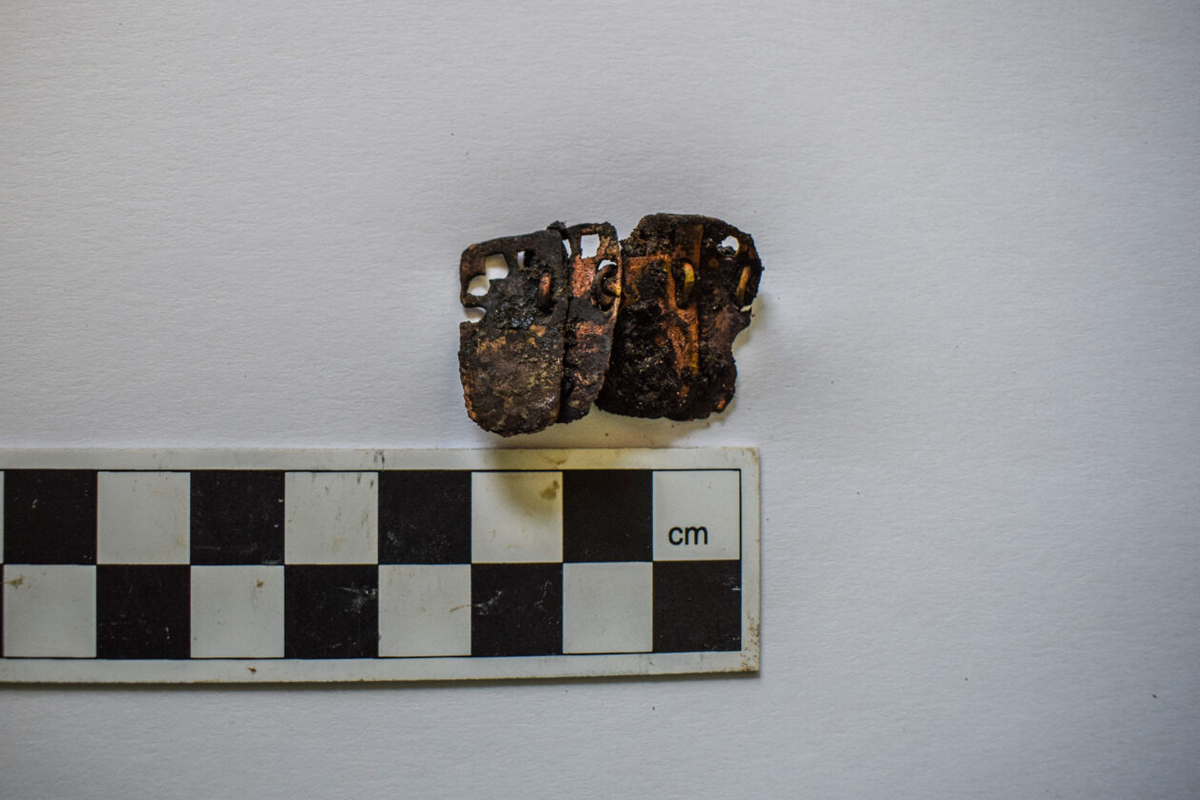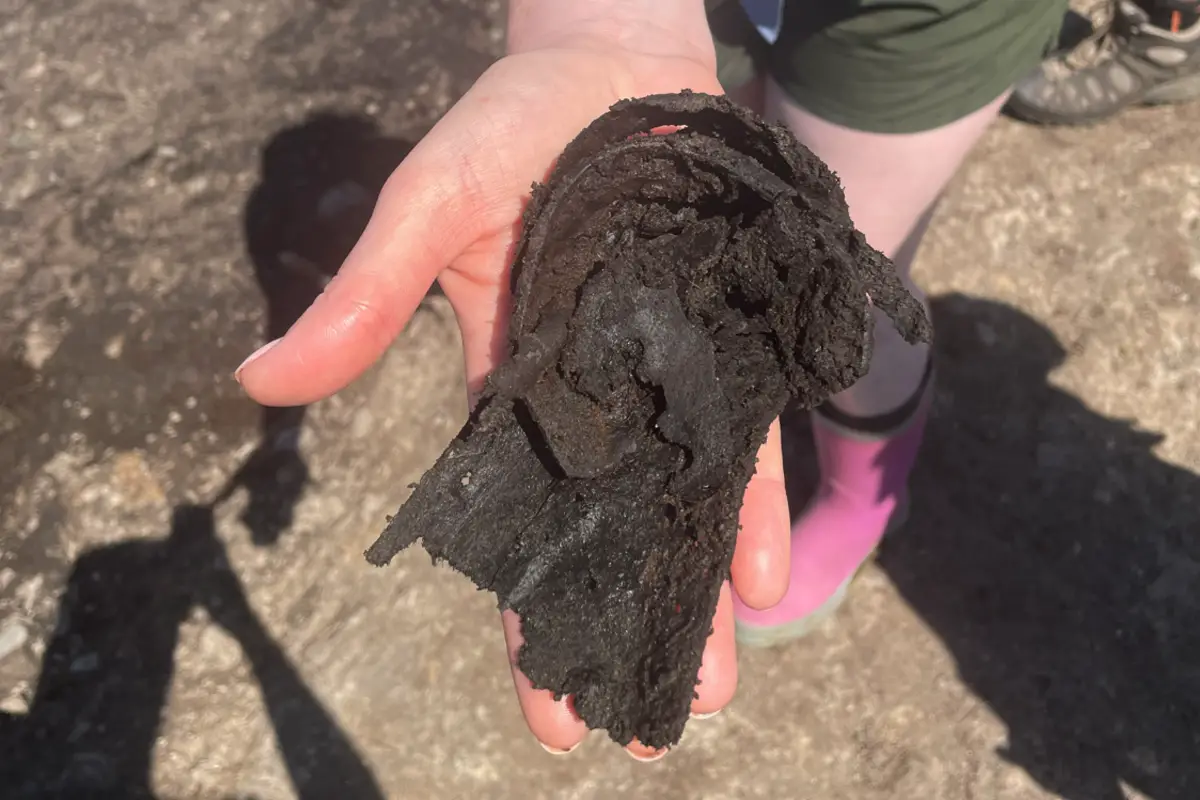Volunteer archaeologists have made several major findings during this season’s excavation of Roman Magna.
Magna, also known as Carvoran, is a Roman fort situated at the edge of the Whin Sill in Northumberland, England. The fort predates the construction of Hadrian’s Wall, strategically located on the Stanegate frontier to protect the junction of the Maiden Way with the Stanegate.
The fort was garrisoned between AD 85 and AD 122, which included the First Cohort of Syrian Archers, the Second Cohort of Dalmatians, the First Cohort of Batavians, and legionaries from the Second Augusta and the Twentieth Valeria Victrix.
Magna is under the care of the Vindolanda Trust and operates yearly outreach excavations open to the public. In the 2024 season, volunteer archaeologists have unearthed several major findings, including squamae scales, a Roman altar, ceramics, and the remains of Roman sandals.
Four squamae belonging to a Lorica Squamata were uncovered, a type of armour made from small metal scales sewn to a fabric backing. The squamae would have been wired or laced together in horizontal rows, and then laced or sewn to the backing of mail.
Lorica Squamata was generally worn by auxiliary infantry, but can also be seen on Roman depictions of signiferes (standard bearers), aeneatores, centurions, and cavalry troops.

The volunteer archaeologists also found the remains of five roman sandals in anaerobic (oxygen free) deposits. The discovery includes a mix of both soles and uppers from different shoe sizes, some of which likely belonged to children.
According to the Roman Army Museum & Magna Fort: “Part of reason that the anaerobic deposits have such good archaeological preservation conditions is due to a number of microorganisms living inside the soil. These microorganisms are very picky about the environment they live in, and thus the soil needs to have a suitable pH and geochemical makeup in order for them to survive.”
Header Image Credit : The Vindolanda Trust
Sources : Roman Army Museum & Magna Fort





